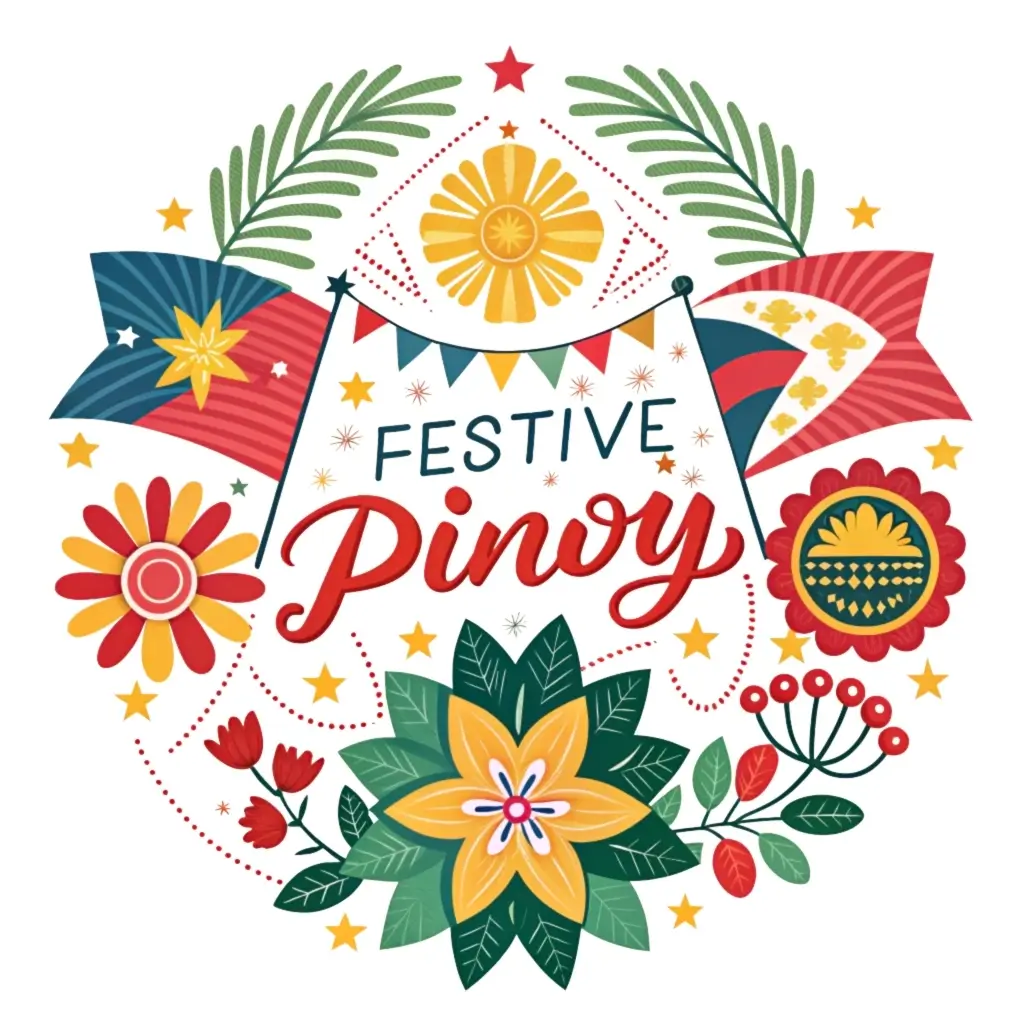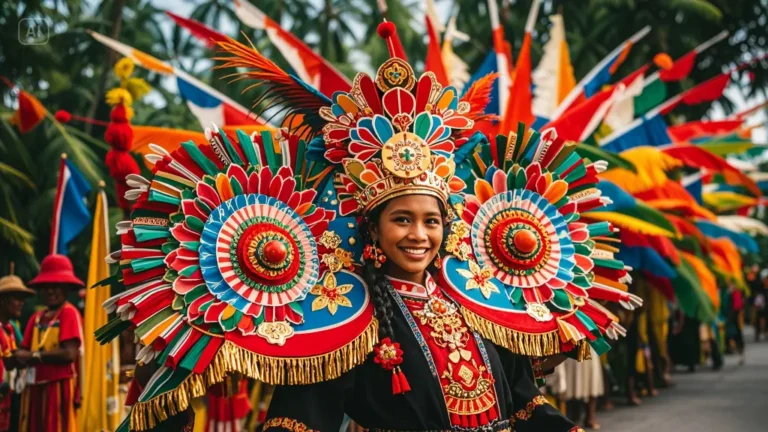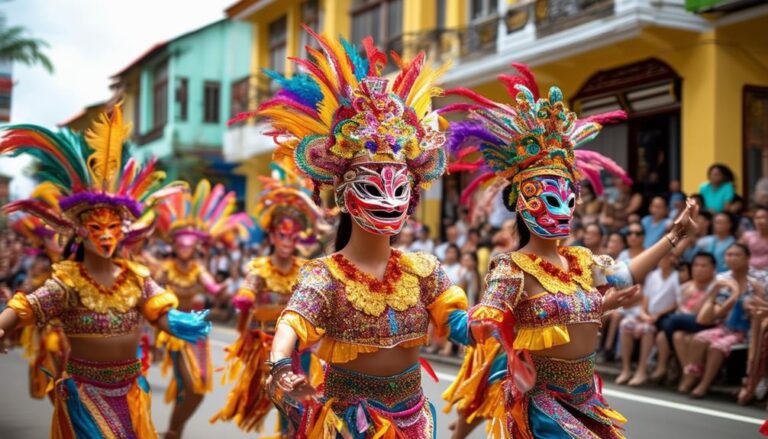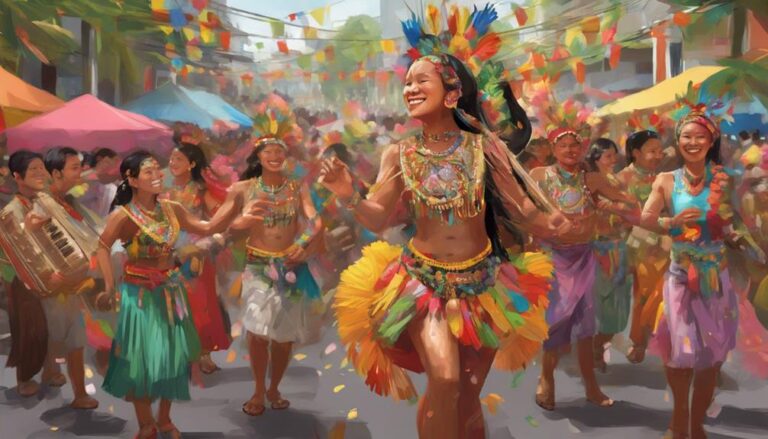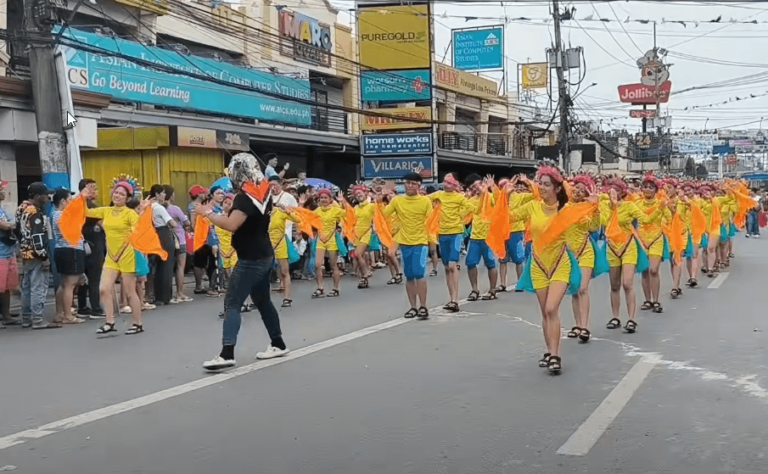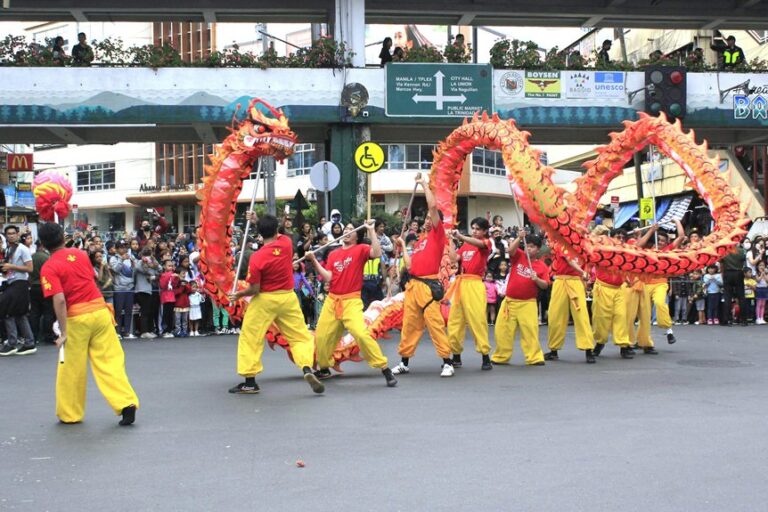Kadagayaan Festival: Davao del Norte’s Kadagayaan Festival: Full Guide
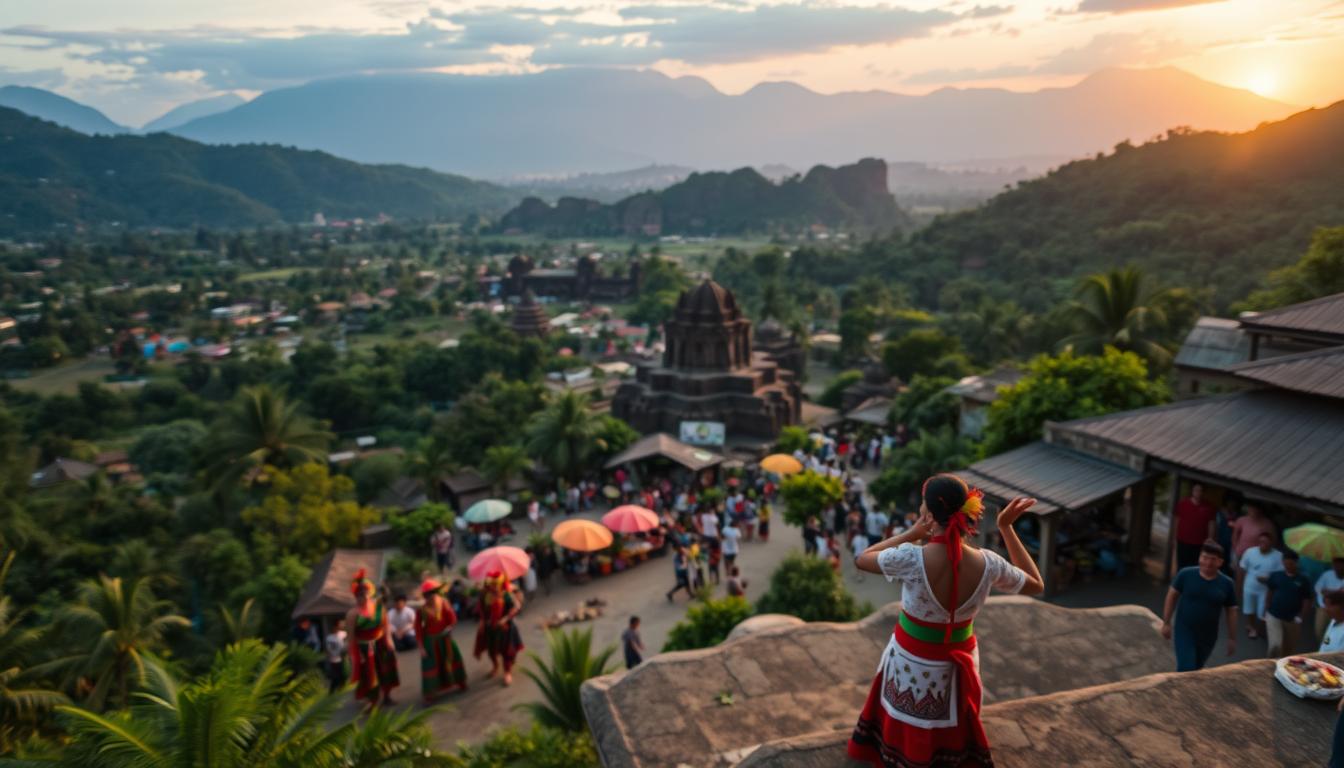
Every July 1, the province of Davao del Norte comes alive with a week-long cultural spectacle honoring its rich traditions and agricultural roots. This annual event, deeply tied to the region’s 1968 establishment as a separate province, transforms streets and town plazas into stages for unity and pride.
Derived from local dialects meaning “daily abundance,” the gathering reflects gratitude for natural resources and community resilience. Colorful street dances blend with modern performances, while trade fairs highlight farm-fresh produce and crafts. Historical reenactments and beauty pageants like Binibining DavNor add depth to the festivities.
More than just entertainment, this occasion preserves indigenous practices through music, art, and storytelling. It fosters connections between generations and ethnic groups, turning history lessons into shared experiences. The final day coincides with the province’s official founding anniversary, marked by grand parades and heartfelt ceremonies.
Key Takeaways
- Commemorates Davao del Norte’s 1968 founding with week-long activities every July
- Showcases cultural diversity through dances, agricultural displays, and beauty pageants
- Name symbolizes daily gratitude for natural abundance and community spirit
- Highlights include the Araw ng Davao Del Norte anniversary programs on July 1
- Strengthens local pride by blending traditional and contemporary art forms
Introduction to Davao del Norte and the Kadagayaan Festival
Nestled in the southern Philippines, Davao del Norte thrives as a melting pot of history and progress. Its story began with Spanish explorers in the 16th century, evolving through American-era infrastructure projects into today’s agricultural hub. This province wears its multicultural identity like a badge of honor, blending indigenous traditions with modern innovation.
Overview of the Province and Its Heritage
From banana plantations to ancestral weaving techniques, the region preserves its roots while embracing change. Local communities take pride in craftsmanship like Mandaya beadwork and Ata-Manobo textiles. These art forms tell stories of survival and adaptation across generations.
Significance and Cultural Identity of the Festival
The annual celebration acts as a living museum for the province’s collective memory. Through vibrant dances and shared meals, residents honor their mixed heritage – Muslim, Christian, and tribal influences intertwine seamlessly. This gathering reinforces resiliency forged through decades of social and environmental challenges.
More than just a party, the event transforms public spaces into classrooms of culture. Visitors witness how ancient rituals coexist with contemporary art installations. It’s where grandmothers teach traditional songs beside youth-led tech exhibits celebrating local creativity.
Understanding the History of the Kadagayaan Festival
What began as a modest marketplace gathering has blossomed into one of Mindanao’s most vibrant cultural showcases. This transformation mirrors the growth of Davao del Norte itself – a journey from practical beginnings to meaningful tradition.
Festival Origins: From Trade Fair to Cultural Celebration
In 1968, local leaders launched an annual trade exhibition to mark the area’s new provincial status. Farmers displayed crops while artisans sold handmade goods. Over time, these stalls became stages for storytelling through dance and music.
By the 1980s, the provincial government formalized the event as a heritage preservation tool. Traditional weaving demonstrations joined agricultural displays. Tribal elders taught younger generations ancient chants beside modern art installations.
Historical Milestones and Anniversaries
The 51st edition in 2018 highlighted five decades of cultural evolution. Officials unveiled a memorial to Republic Act 4867 – the 1967 law that created the province. This anniversary celebrated both political history and community spirit.
| Year | Event | Significance |
|---|---|---|
| 1967 | RA 4867 passed | Legal creation of Davao del Norte |
| 1968 | First trade fair | Foundation of annual tradition |
| 2018 | 51st celebration | Golden anniversary of provincial identity |
Today, the gathering serves as a living timeline. Each July, new chapters get added while old stories stay fresh through retellings. The blend of past and present keeps the province’s heartbeat strong.
Festival Highlights and Activities
The heart of Davao del Norte beats strongest during its annual celebration, where creativity meets tradition. Visitors discover a whirlwind of events blending ancestral customs with modern energy. From dawn until midnight, the province transforms into a living showcase of its cultural DNA.

Rhythms of the Region
Morning streets erupt with the Parada Dabaonon, a procession of dancers in Mandaya-inspired costumes. Drumbeats sync with footwork passed down through generations. Spectators cheer as performers twirl bamboo poles and wave handwoven textiles.
Crowns and Commerce
Binibining DavNor remains a crowd favorite, where contestants champion local causes through intelligence and poise. Nearby, the Agri-Tourism Trade Fair buzzes with activity. Tables overflow with organic honey, banana chips, and intricate ikat-dyed fabrics – each item telling a farmer’s story.
Hands-On Heritage
Families bond over these engaging options:
- Basket-weaving sessions using rattan vines
- Friendly basketball tournaments between barangays
- Cooking demos featuring durian-based recipes
Evening brings the Lighted Float Parade, where glowing installations depict historical milestones. These activities don’t just entertain – they stitch communities tighter through shared pride.
Immersive Experience at the Kadagayaan Festival
Sensory delights await at Davao del Norte’s premier cultural gathering. Travelers dive into authentic flavors and creative traditions through interactive displays. This celebration turns every corner into a classroom for local heritage.
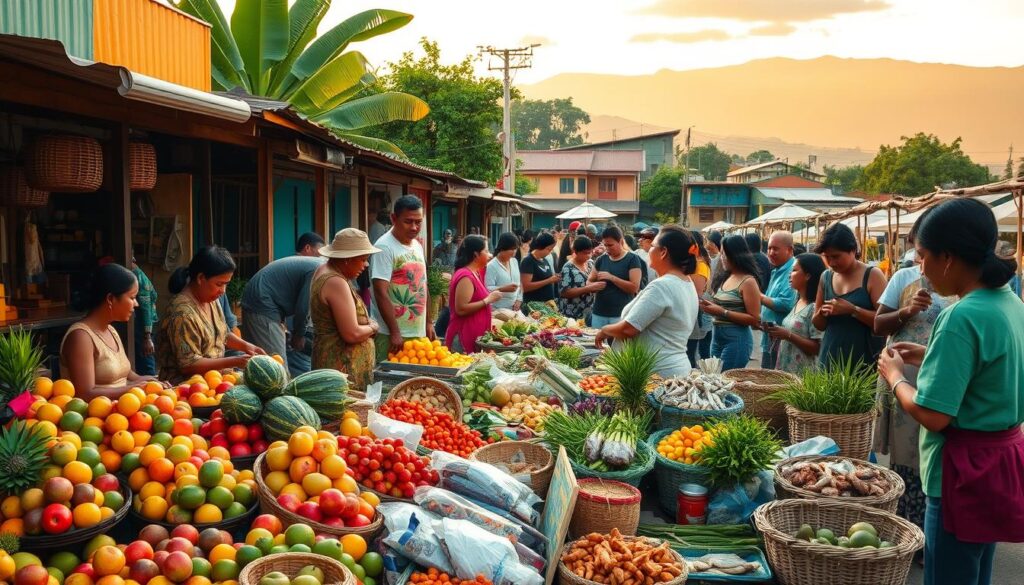
Exploring Local Cuisine and Artisanal Crafts
Food stalls burst with Kinilaw – citrus-marinated seafood caught daily. Ahfat Seafood Plaza serves platters of grilled tuna belly, while Luz Kinilaw Place offers spicy coconut-based dishes. Don’t miss the durian ice cream stands for adventurous sweet treats.
Artisans demonstrate Mandaya beadwork at Museo Dabawenyo booths. Watch weavers transform abaca fibers into intricate textiles. Visitors can:
- Join hands-on cooking classes using banana blossoms
- Barter for hand-carved wooden souvenirs at craft markets
- Taste organic cacao products from family-owned farms
Tourism, Travel Tips, and Must-Visit Destinations
Pair festival activities with nature adventures. Jeepneys and habal-habal motorcycles provide affordable transport to these spots:
| Destination | Activity | Travel Tip |
|---|---|---|
| Samal Island | Beach hopping | Book afternoon ferries to avoid crowds |
| Mount Apo | Sunrise hikes | Secure guides through registered agencies |
| Talaingod Range | Trekking | Pack rain gear for sudden showers |
| White Beach Resort | Snorkeling | Rent gear onsite for convenience |
Stay at Amira Lagoon Resort for easy access to both event venues and natural wonders. Evening shuttle services connect major hotels to festival grounds until midnight.
Conclusion
Davao del Norte’s annual celebration stands as a testament to cultural preservation and communal harmony. What began as a simple trade exhibition in 1968 has evolved into a dynamic showcase of heritage, blending ancestral practices with modern creativity. Local government initiatives and community partnerships fuel its growth, ensuring traditions thrive alongside new innovations.
As the province gears up for future editions like the 51st kadagayaan, organizers focus on sustainable practices and interactive experiences. Environmental workshops now complement vibrant parades, while artisanal crafts markets support rural livelihoods. These efforts reflect a commitment to honoring history while embracing progress.
Visitors leave with more than memories – they gain insight into a culture shaped by resilience and abundance. From spirited dances to shared harvest feasts, every activity reinforces Davao del Norte’s identity. This gathering remains essential for passing down stories and skills to younger generations.
For those seeking authentic connections, the event offers a blueprint for celebrating diversity through art and collaboration. Its enduring spirit proves that cultural roots can flourish even in changing times.
